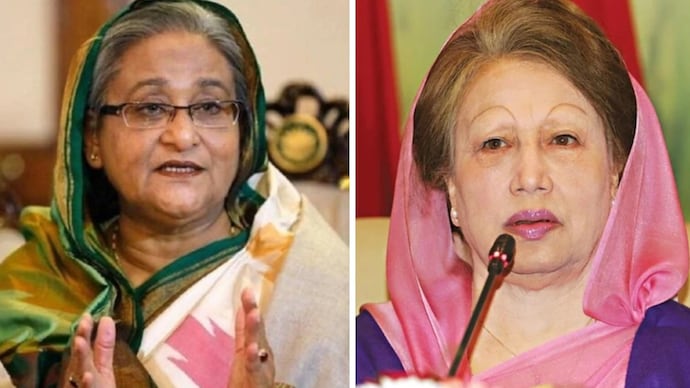Bangladesh Unrest: Recent intelligence reports have unveiled a complex blueprint for regime change in Bangladesh, implicating Pakistan’s Inter-Services Intelligence (ISI) and China in orchestrating the massive protests that ultimately led to the fall of Prime Minister Sheikh Hasina’s government. The plan, reportedly drafted in London, involved close collaboration between the ISI and key figures within the Bangladesh Nationalist Party (BNP).
Key Meetings and Strategic Planning
Bangladeshi officials claim to possess evidence of meetings between Tarique Rahman, the acting chief of the BNP and son of former Prime Minister Khaleda Zia, and ISI officials in Saudi Arabia. These meetings allegedly played a crucial role in the strategizing and execution of the anti-government protests.
Social Media Manipulation
In the months leading up to the violence, several “anti-Bangladesh” handles on the social media platform X (formerly Twitter) actively fueled the protests. Over 500 negative tweets against the Sheikh Hasina government, including those from Pakistani accounts, were documented. Intelligence sources indicate that the ISI and Pakistan Army aimed to destabilize Hasina’s administration and restore the BNP, known for its pro-Pakistan stance.
Chinese Involvement
China, through the ISI, is believed to have played a significant role in escalating the protests. The Islami Chhatra Shibir (ICS), the student wing of Jamaat-e-Islami Bangladesh, is reported to have inflamed the situation, transforming a protest against job reservations into a broader anti-government movement. This movement left over 300 dead and hundreds injured, ultimately forcing Hasina to flee to India.
Jamaat-e-Islami’s Influence
The Jamaat-e-Islami, known for its anti-India stance, aimed to convert the student protests into a political upheaval. Intelligence inputs suggest that meticulous planning by ICS members spanned several months, with a significant portion of the funding originating from Chinese entities operating in Pakistan.
Social Media and International Amplification
During the protests, social media activity revealed a concerted effort by BNP-affiliated accounts to post anti-Awami League content. Videos of violence against protesters and posters demonizing Sheikh Hasina were manufactured and widely disseminated. A considerable amount of this content was amplified by US-based accounts, further intensifying the movement against Hasina’s government.
These revelations highlight a well-coordinated effort by ISI and China, in collaboration with the BNP, to destabilize Bangladesh’s government. The involvement of international actors and the use of social media manipulation underscore the complexity and scale of the conspiracy against Sheikh Hasina’s administration.
Keep watching our YouTube Channel ‘DNP INDIA’. Also, please subscribe and follow us on FACEBOOK, INSTAGRAM, and TWITTER


